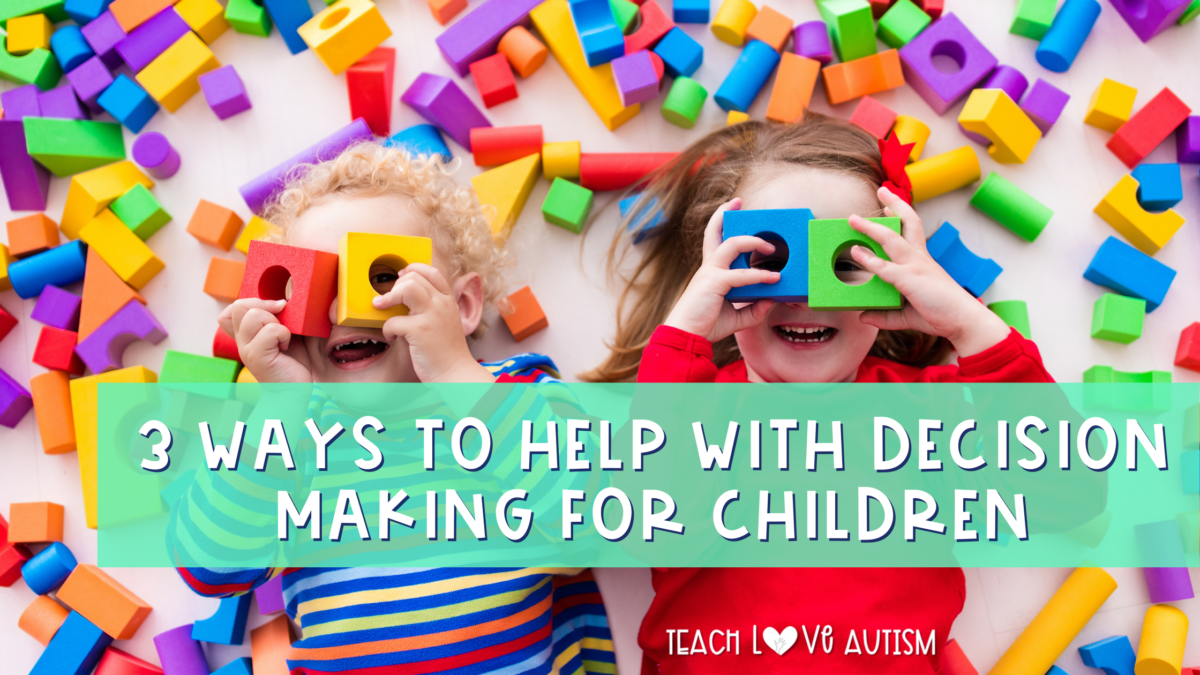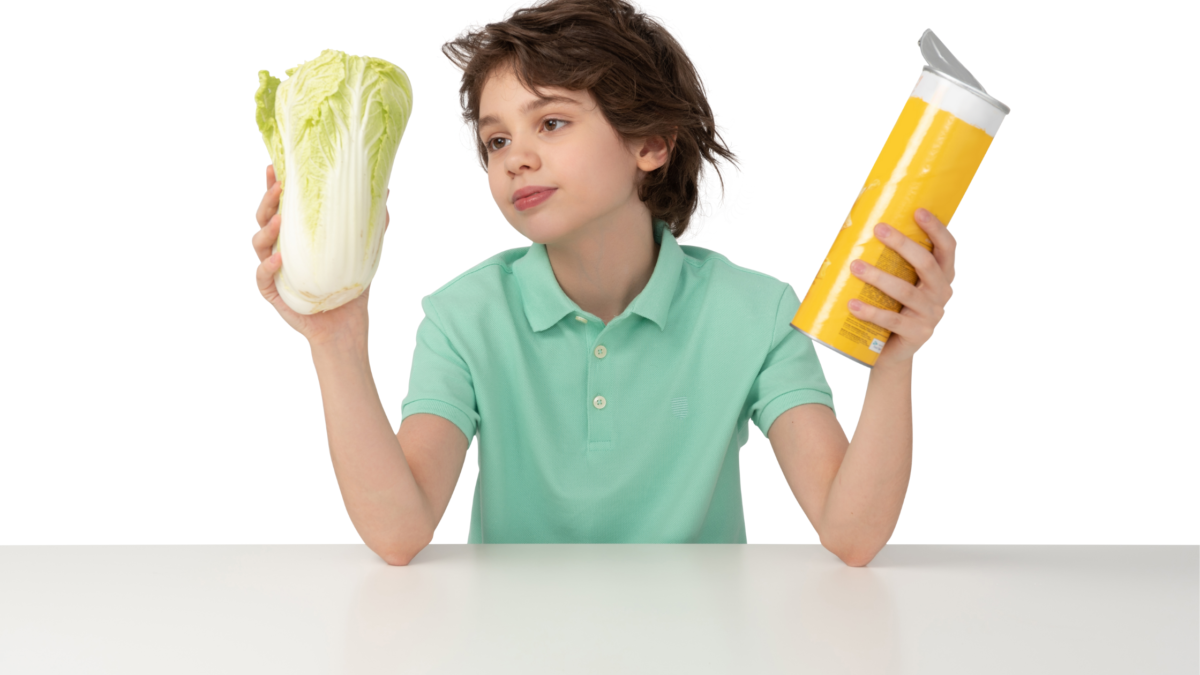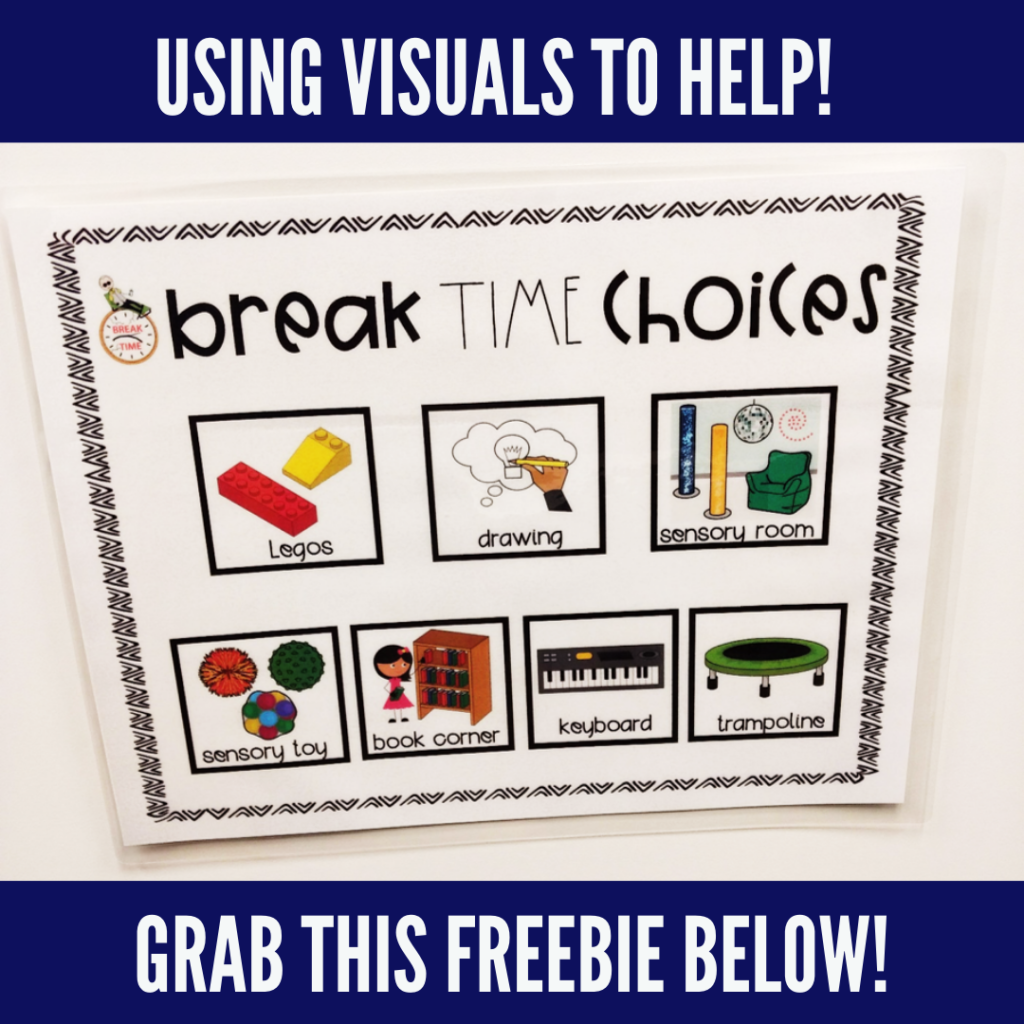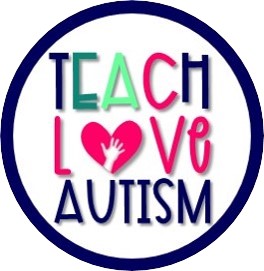3 Ways to Help with Decision Making for Children
Sharing is caring!

We have all probably heard it’s important to help in decision-making for children. Giving a child the opportunity to make decisions or choices early on in their life gives them experience. They learn about making mistakes, understanding the real world, managing their emotions, and many other skills.
You as their parent, teacher, or provider need to give them the chance to make decisions or choices. You also should do it in a safe and nurturing environment to better prepare them as they get older. Doing this when children are young allows for them to make smaller mistakes with support. Children learn how to handle those mistakes and learn from them. This can happen in any environment that is safe for that child including their home, school, or places in the community.
There are definitely things to consider when supporting children with making decisions. Here are 3 ways to help children with decision-making.
Real World Help with Decision Making for Children

All children will grow up one day and need to function in society. They will be expected to have a job, pay bills, maintain their hygiene & health, and many other skills including making decisions. All of those tasks include making decisions every step of the way. This means children need support in making those real-world decisions early in life. Some examples of decisions that are related to the real world can be:
- Choosing an outfit for the day
- Picking a healthy snack
- Cleaning up after themselves
All of these are real-world decisions and choices that need to be made every day. They can include choosing an outfit for bedtime or for going to work. They can include choosing between a healthy and unhealthy snack. Lastly, it could be to clean something up (doing work) or relax. We need to be sure we are supporting children in making these decisions and also talking with them about the reason why it’s good to make a certain decision. It could be because of the time of day, the need to be healthy, or even to be safe. Children often will make better decisions when they are given a rationale for making it that is motivating or important to them.
Learn From Mistakes and Help with Decision Making for Children
Sometimes, the hardest part about making a decision is the fear of making a mistake or failure. However, helping children learn from their mistakes can provide a really valuable experience in life. If we are constantly protecting children from making mistakes we are taking that opportunity to learn away. As children turn into adults it becomes a problem when they don’t have that experience because making mistakes is a natural part of life.
Ultimately, what can be done? When a child makes a mistake be there to support them on how to handle it. Explain the emotions that are acceptable to feel in that moment (upset, fear, anger) but also teach how to move past that mistake. And lastly, teaching how to not make the mistake in the future can be one of the most valuable pieces of information they can learn.
Some examples of mistakes children can learn from are:
- Pouring too much into a glass and spilling everywhere
- Not cleaning up a mess fully
- Being late to school or work
- Standing on a chair and falling down
Using Controlled Choices with Children

One way that you can help with decision-making when a child doesn’t make a good choice is by providing a controlled choice. It’s when you give a limited set of options that you are okay with being chosen from. Sometimes children will not want to make a choice that’s appropriate or what is being asked of them and this can strategy can help with that. Offering these choices prevents negotiation and will also often help with avoiding the dreaded power struggle situation.
When helping a child make choices it can sometimes be helpful to use controlled choices. What does that look like? Let’s use the concept of cleaning up the playroom or classroom.
- This or That: Would you like to clean up the blocks or the cars?
- How to do it: Would you like to clean up with music on or without?
- How many: Would you like to clean up 10 blocks or 12?
- Who will help: Would you like to have a classmate or a teacher help?
- What color, size, shape, etc.: Would you like to clean up the blue blocks or the purple ones?
Things to Avoid when Providing Controlled Choices
Make sure that you are only offering things that are available. If it’s choosing a healthy snack you shouldn’t offer up carrots if there aren’t any in the fridge. If you don’t have time for the child to do the task later because of time constraints, then don’t offer a break.
Lastly, don’t make one of the controlled choices involve an empty threat such as taking away something. This will put the power struggle back into the situation. Make sure you aren’t telling the child that if they don’t do the task that you are asking them to do that they won’t have a birthday party, or you’ll cancel Christmas. Having these empty threats will lose their value when children see you going back on their word.
If you do this you are supporting a child in building skills they will carry for the rest of their life. They will learn responsibility, decision-making, social skills, and even life skills. You also get the amazing opportunity to build a relationship with that child which will then support learning in other ways. If you are a parent, teacher, or service provider finding ways to help students make decisions that will benefit them later in life is going to support that child’s overall growth into adulthood.
Using Visuals!

Something I’ve loved using in my classroom to provide students a chance to make a choice is visuals. For students with disabilities, they might need to see what their choices are represented with pictures instead of just being told verbally.
Looking for some other visuals that can support working with students with disabilities check some of these out in my shop!



